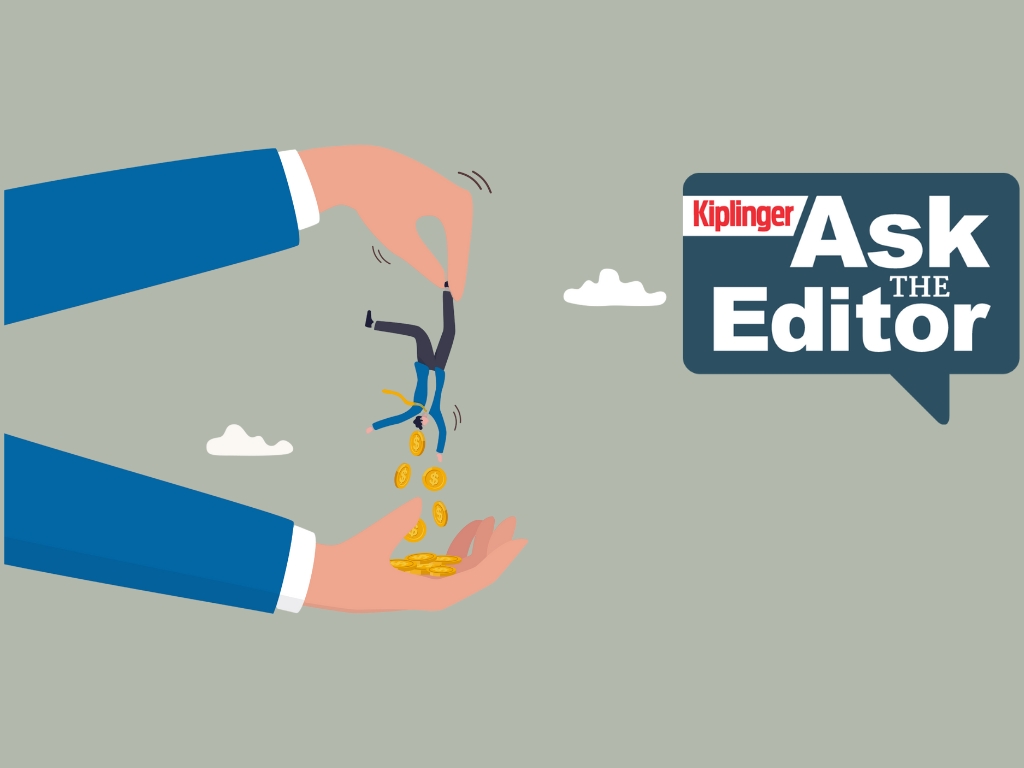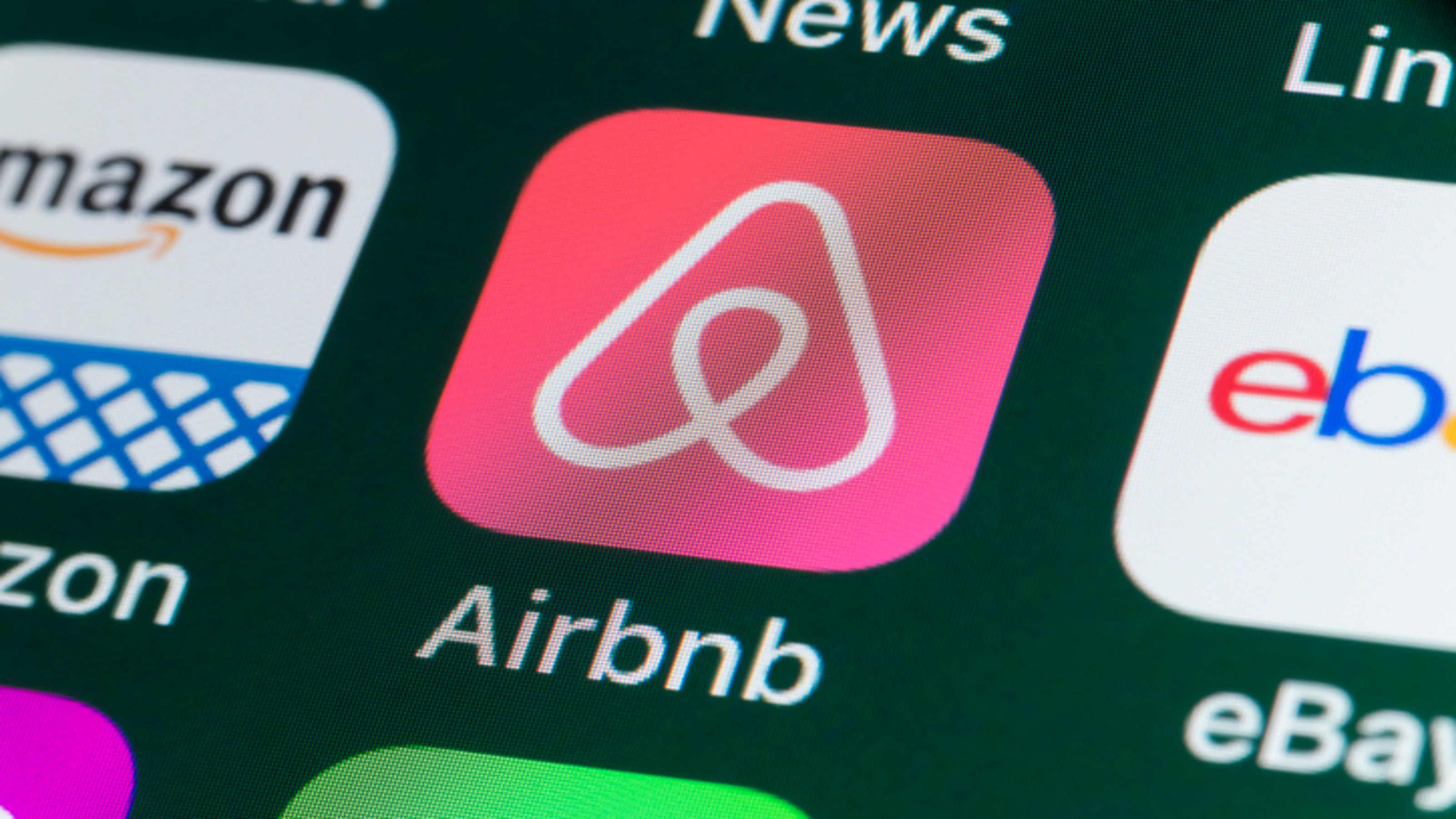What to Do When You Can’t Pay Holiday Debt
More Americans borrowed money to pay for holiday purchases and now the bill is due. Balance transfer cards offer a reprieve.

The holidays are behind us; it’s time to take down the tree and stash the decorations, if you haven’t already. One unwelcome leftover that’s harder to put away can be holiday debt. Say you were feeling generous and bought too much; now the debt threatens to consume you. What are your options?
As you work at paying down holiday debt, make sure the interest on your credit cards doesn’t slow your progress. You might be tempted to accept a tantalizing offer from a credit card company for zero interest for a transferred balance. Is this balance transfer card a good idea? It could be, as long as you use it wisely.
More Americans Borrowed This Season
According to a survey by Lending Tree, 36% of Americans took on debt at an average of $1,249 this past holiday season. Although more people borrowed money, compared to 2020, the average amount of spending was 10% lower. Also, this was the first time the amount borrowed fell since the survey began in 2015.
From just $107.88 $24.99 for Kiplinger Personal Finance
Become a smarter, better informed investor. Subscribe from just $107.88 $24.99, plus get up to 4 Special Issues

Sign up for Kiplinger’s Free Newsletters
Profit and prosper with the best of expert advice on investing, taxes, retirement, personal finance and more - straight to your e-mail.
Profit and prosper with the best of expert advice - straight to your e-mail.
Still, the vast majority — 82% — of people with holiday debt say they won’t get it paid within a month.
Those most likely to take on holiday debt — not surprisingly — were parents with children younger than 18 (Santa obligations??). About 54% of those parents, as well as 50% of millennials took on debt over the holiday season. Each group averaged $1,462 in debt.
Buy now, pay later financing was a popular option this year, with 40% of Americans using it, compared to 37% in 2020. Again, parents with younger children were the top users of this option at 64%, followed by people who earn six figures at 61%, and millennials at 60%.
Of course, 62% of people with holiday debt used credit cards. Another 23% used personal loans.
Balance Transfer Cards Should be Used Sparingly
With more than a third of borrowers paying higher than average credit card interest rates, many are considering balance transfer cards. These are credit cards that entice new customers by offering zero interest on balance transfers for varying periods of time.
This can be an option for people with good credit who are attractive customers for credit card companies.
Christopher J. Marquette, a business professor at Millikin University, said the cards are issued by credit companies looking to expand their customer base. The offer is usually for zero interest on transferred balances for between six and 18 months, he said. Typically, there’s a balance transfer fee up front, which can be 3 to 5 percent or a minimum dollar amount for a smaller balance transfer.
Marquette said these cards can be a good option, as long as they’re used sparingly. The main danger, he said, is relying on them too much, continuing to take out new cards to roll balances over in an attempt to create a continuous zero-interest loan.
“Every time you open a credit account, it dings your credit score,” Marquette said. If you do it frequently enough, it can hurt your credit to the point where you will be paying higher interest rates overall and won’t get zero-interest offers at all.
Taking the bait once or twice won’t hurt, Marquette said, but beyond that, people should tread carefully. Consider a zero-interest transfer a bit of breathing room, get a handle on your budget, and work to pay off your entire balance before the interest kicks in.
Balance Transfer Card Offers
Examples of cards with 0% balance transfer offers include:
- Wells Fargo Reflect Card which offers a 0% introductory rate for qualifying balance transfers and purchases for 18 months, which can be extended by three months with on-time minimum payments. After that, interest rates are between 13% and 25%.
- Bank of America has a card with 0% interest for 15 billing cycles for balance transfers and purchases within the first 60 days of opening the account. After that, interest rates vary between 14% and 24%. The card also has cash back of 1% to 3%, depending on the category of purchase and a $200 online cash rewards bonus offer.
- Chase Freedom Flex has 0% interest for 15 months for balance transfers and purchases. After that, interest rates vary between 15% and 24%. The card also offers 1% to 5% back on up to $1,500 combined purchases in different categories.
- Citi Diamond Preferred Card has 0% interest for 21 months on balance transfers and 12 months on purchases. After that, the interest rate will vary between 14% and 24%.
- US Bank Visa Platinum Card has 0% interest on balance transfers for 20 billing cycles. After that, interest varies between 14.5% and 24.5%.
Profit and prosper with the best of Kiplinger's advice on investing, taxes, retirement, personal finance and much more. Delivered daily. Enter your email in the box and click Sign Me Up.
Elaine Silvestrini has worked for Kiplinger since 2021, serving as senior retirement editor since 2022. Before that, she had an extensive career as a newspaper and online journalist, primarily covering legal issues at the Tampa Tribune and the Asbury Park Press in New Jersey. In more recent years, she's written for several marketing, legal and financial websites, including Annuity.org and LegalExaminer.com, and the newsletters Auto Insurance Report and Property Insurance Report.
-
 Top Tech Gifts to Grab at Walmart Before Christmas
Top Tech Gifts to Grab at Walmart Before ChristmasBig savings on Apple, Bose, HP, Vizio and more while there's still time to shop.
-
 AI Appliances Aren’t Exciting Buyers…Yet
AI Appliances Aren’t Exciting Buyers…YetThe Kiplinger Letter Artificial intelligence is being embedded into all sorts of appliances. Now sellers need to get customers to care about AI-powered laundry.
-
 Ask the Editor: IRAs, 401(k)s and RMDs
Ask the Editor: IRAs, 401(k)s and RMDsAsk the Editor In this week's Ask the Editor Q&A, Joy Taylor answers questions on IRAs, 401(k)s and required minimum distributions
-
 I Need to Cut $1,000 From My Monthly Budget, and I've Already Given Up Starbucks and Dining Out. What Else Can I Do?
I Need to Cut $1,000 From My Monthly Budget, and I've Already Given Up Starbucks and Dining Out. What Else Can I Do?Here are some creative ways to save up to $1,000 a month, even if you feel like you've already made all of the obvious cuts.
-
 I'm a Government Employee and Need to Get By Until the Shutdown Ends. What Can I Do?
I'm a Government Employee and Need to Get By Until the Shutdown Ends. What Can I Do?The second-longest shutdown in history is leaving many federal workers with bills due and no paycheck to cover them. Here's what you can do to get by.
-
 Amazon Resale: Where Amazon Prime Returns Become Your Online Bargains
Amazon Resale: Where Amazon Prime Returns Become Your Online BargainsFeature Amazon Resale products may have some imperfections, but that often leads to wildly discounted prices.
-
 What Does Medicare Not Cover? Eight Things You Should Know
What Does Medicare Not Cover? Eight Things You Should KnowMedicare Part A and Part B leave gaps in your healthcare coverage. But Medicare Advantage has problems, too.
-
 Roth IRA Contribution Limits for 2026
Roth IRA Contribution Limits for 2026Roth IRAs Roth IRAs allow you to save for retirement with after-tax dollars while you're working, and then withdraw those contributions and earnings tax-free when you retire. Here's a look at 2026 limits and income-based phaseouts.
-
 Four Tips for Renting Out Your Home on Airbnb
Four Tips for Renting Out Your Home on Airbnbreal estate Here's what you should know before listing your home on Airbnb.
-
 Five Ways to a Cheap Last-Minute Vacation
Five Ways to a Cheap Last-Minute VacationTravel It is possible to pull off a cheap last-minute vacation. Here are some tips to make it happen.
-
 How Much Life Insurance Do You Need?
How Much Life Insurance Do You Need?insurance When assessing how much life insurance you need, take a systematic approach instead of relying on rules of thumb.